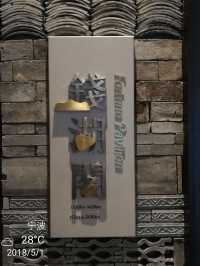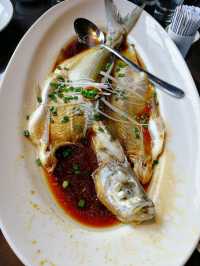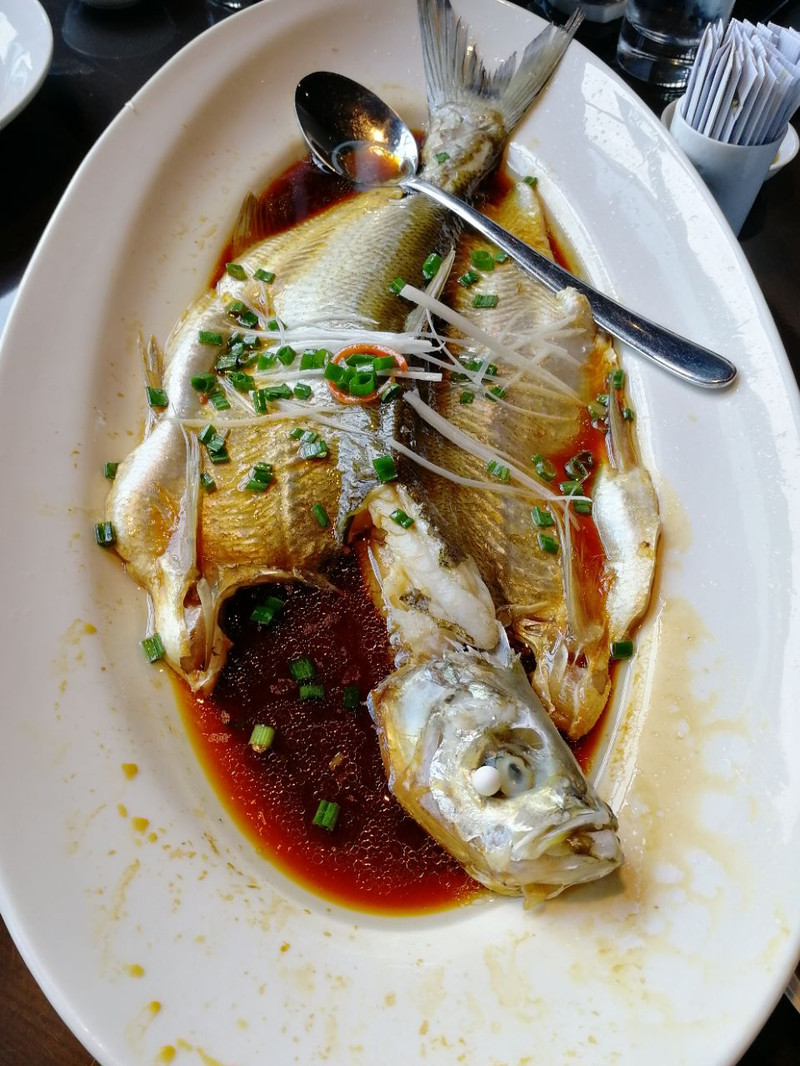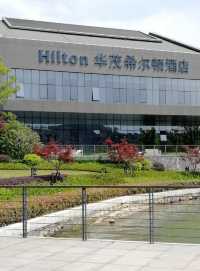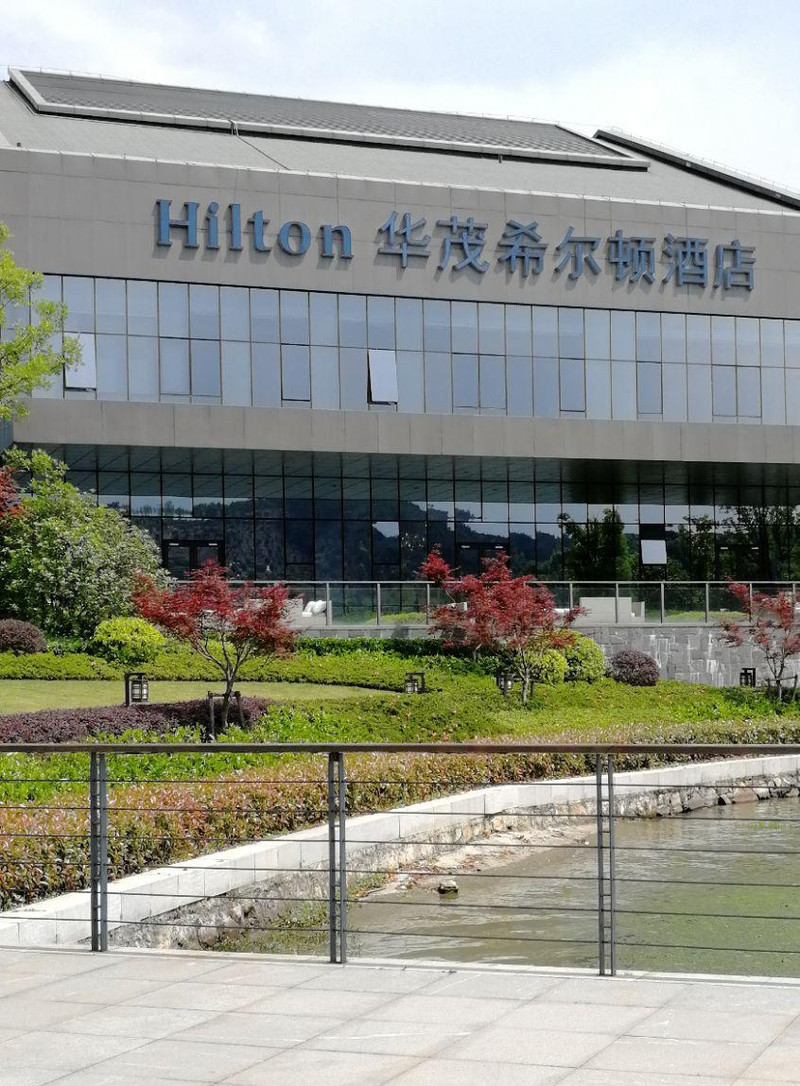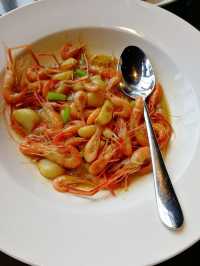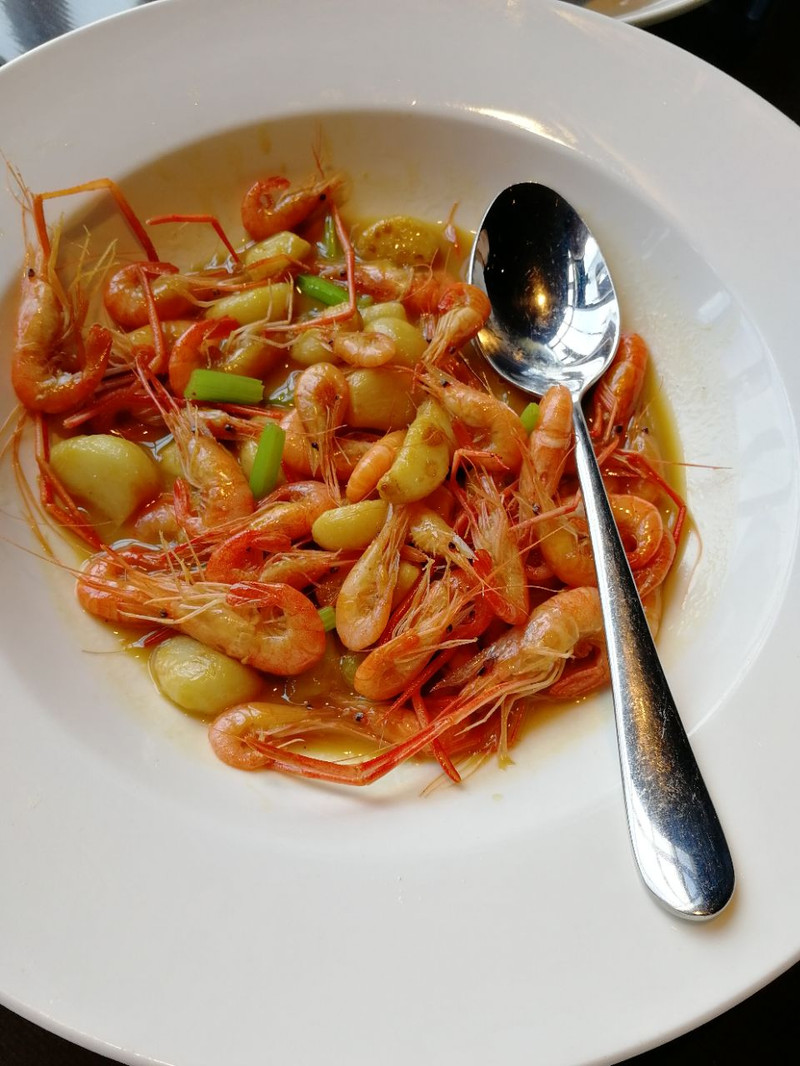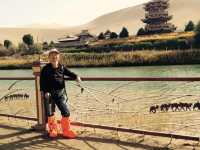Qianhu Pavilion Restaurant of Hilton Dongqian Lake Huamao Hotel is located on the first floor of Hilton Dongqian Lake Huamao Hotel, No. 99 Lianxin Road, Yinzhou District, Ningbo City, Zhejiang Province. The steamed fish fillet with drum oil is tender and fresh, and the Dongqian Lake river shrimp is delicious and fragrant, but the price is a bit expensive, costing 168 yuan.
Fortune Pavilion Review
4.7 /5102 Reviews
Recommended Attractions at Popular Destinations
Bangkok attraction near me | Manila attraction near me | Tokyo attraction near me | Taipei attraction near me | Hong Kong attraction near me | Seoul attraction near me | Kuala Lumpur attraction near me | Los Angeles attraction near me | Shanghai attraction near me | New York attraction near me | Shenzhen attraction near me | Osaka attraction near me | Singapore attraction near me | London attraction near me | Guangzhou attraction near me | San Francisco attraction near me | Beijing attraction near me | Macau attraction near me | Bali attraction near me | Jakarta attraction near me | Paris attraction near me | Ho Chi Minh City attraction near me | Istanbul attraction near me | Phuket attraction near me | Chicago attraction near me | Seattle attraction near me | Toronto attraction near me | Orlando attraction near me | Cebu attraction near me | Chiang Mai attraction near me
Popular Travelogues
Bangkok Travelogue | Tokyo Travelogue | Hong Kong Travelogue | Seoul Travelogue | Kuala Lumpur Travelogue | Los Angeles Travelogue | Shanghai Travelogue | New York Travelogue | Shenzhen Travelogue | Osaka Travelogue | Singapore Travelogue | London Travelogue | Guangzhou Travelogue | Beijing Travelogue | Macau Travelogue | Paris Travelogue | Phuket Travelogue | Chicago Travelogue | Orlando Travelogue
Popular Ranked Lists
Popular Luxury Hotels in Balochistan | Top 4 Best Things to Do in Maoming | Popular Premium Hotels in Kune N.m. | Popular Best Things to Do in Hotan Prefecture | Top 11 Best Things to Do in Dehong | Popular Premium Hotels in Karbala | Top 9 Local Restaurants in Jiaxing | Popular Luxury Hotels in Kieni East | Top 9 Local Restaurants in Datong | Top 10 Local Restaurants in Kunshan | Popular Premium Hotels in Yamanakako | Popular Best Things to Do in Kaiping | Popular Premium Hotels in Dolus D'Oleron | Top 9 Best Things to Do in Qingyuan | Popular Luxury Hotels in Kathmandu | Popular Luxury Hotels Near Birmingham | Popular Luxury Hotels in Dhofar | Popular Luxury Hotels in Nyeri | Top 10 Local Restaurants in Nagasaki | Top 5 Best Things to Do in Lu'an | Top 9 Local Restaurants in Yiwu | Popular Premium Hotels Near Jamshedpur | Popular Best Things to Do in Ankang | Top 8 Best Things to Do in Qujing | Popular Best Things to Do in Kaili | Top 7 Local Restaurants in Shangrao | Popular Local Restaurants in Bangkok | Top 10 Best Things to Do in Xuancheng | Top 7 Best Things to Do in Enshi Prefecture | Top 10 Local Restaurants in Honolulu
Payment Methods
Our Partners
Copyright © 2025 Trip.com Travel Singapore Pte. Ltd. All rights reserved
Site Operator: Trip.com Travel Singapore Pte. Ltd.
Site Operator: Trip.com Travel Singapore Pte. Ltd.
